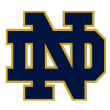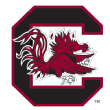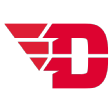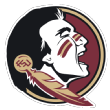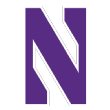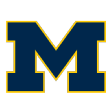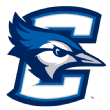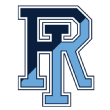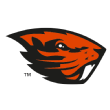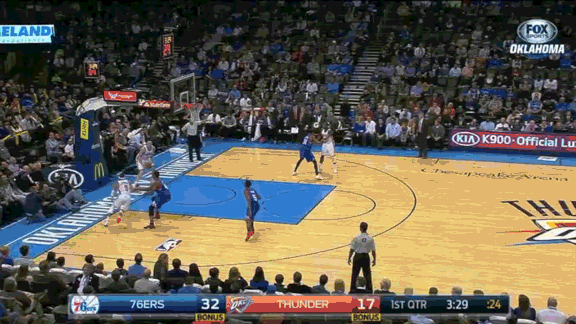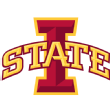
11. Iowa State Cyclones
The Cyclones can really score, averaging 85 points per game and shooting over 51 percent from the floor. Monte Morris has proven to be among a handful of the nation's best point guards, averaging 15 points, 7.9 assists (leading the Big 12) and 2 steals per game. Jameel McKay is Iowa State's heart and soul, averaging 15 points, 11.2 rebounds and shooting over 63 percent from the field.
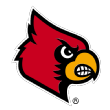
12. Louisville Cardinals
The Cardinals lost their only game against a top-25 opponent, dropping a close one in the Izzone. Louisville is the best offensive rebounding team in the nation, grabbing almost half of its misses, and one of the top 10 defensive teams in the country, forcing a turnover on 23 percent of opponents' possessions.

13. Villanova Wildcats
Oklahoma drilled the Wildcats in Hawaii, but that will happen to a number of quality teams this season. Villanova shoots a great percentage inside the arc, and a poor one outside of it, yet the Wildcats convert about half of their attempts from deep. Villanova is a better shooting team than it has shown early, but needs to get to the free throw line more often.

14. SMU Mustangs
The Ponies are unbeaten without coach Larry Brown on the sidelines, and they have shown tremendous fight. SMU leads the American Athletic Conference in field goal shooting at 53 percent and has dominated the glass, outrebounding opponents by over 14 rebounds per game.
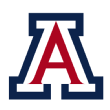
15. Arizona Wildcats
The Cats' win at Gonzaga was a "program" win, and Arizona showed a tremendous amount of grit and toughness to come back in that environment. Gabe York and Ryan Anderson are the best players, but freshmanAllonzo Trier may make that a potent trio.
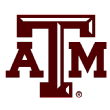
16. Texas A&M Aggies
The Aggies lead the SEC in assists with 18.8 dimes per game. Alex Caruso, who led the SEC in assists the past two seasons, is sixth in the league in that category and leads the conference in steals.
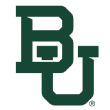
17. Baylor Bears
The Bears have an absolute star in Taurean Prince, a long-armed, skilled player who can manufacture his own shot. Prince averages 16 points, 6 rebounds and almost 2 steals per game. Baylor is leading the Big 12 in rebounding (plus-14) and assists (21.3).

18. Butler Bulldogs
The Bulldogs are scoring at a ridiculous rate, especially given the reputation of deliberate basketball coming out of Hinkle. Butler is averaging 91.7 PPG while shooting 51 percent from the floor. Kellen Dunhamleads the Big East in scoring, and Kelan Martin is in the top 10.
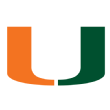
19. Miami Hurricanes
The Hurricanes lead the ACC in free throw percentage at 78 percent and 3-point percentage at 42 percent, and trail only Louisville and Virginia in field goal percentage at 50 percent. Sheldon McClellan, the fifth-year senior, is averaging better than 16 PPG to lead Miami. But the Hurricanes' top-five offense needs to do a better job guarding the 3-point line.

20. Cincinnati Bearcats
The Bearcats have size and toughness, and continue to defend and rebound at a high level. Mick Cronin has a few more skilled players, and there are more options on the offensive end. Cincinnati's two losses have come against Butler and Xavier, two highly rated Bilas Index teams.

21. Oregon Ducks
The Ducks are banged up. Without Tyler Dorsey and Dylan Ennis, Oregon is down a top starting backcourt. Of course that negatively impacts this team. When fully healthy, this team is as good as any in the Pac-12.

22. UCLA Bruins
The Bilastrator informed you in Volume I of The Bilas Index that, despite the questionable losses, UCLA was continuing to get better. That proved prophetic. Well, everything The Bilastrator says is prophetic. UCLA was excellent against Kentucky and Gonzaga. Bryce Alford is UCLA's best player, but Thomas Welsh is one of the best shooting big men in the nation.

23. Gonzaga Bulldogs
Contrary to popular belief, all is not lost for the Zags, even with a couple of high-profile losses. Gonzaga is still trying to figure out roles and rotations, and it's doing so without injured Przemek Karnowski in the lineup. Kyle Wiltjer and Domantas Sabonis have been excellent, but the Gonzaga guards have got to take better care of the ball. Gonzaga's defense cannot defend against a turnover. The Zags are turning the ball over on one of five possessions, and their free throw rate is among the lowest in the nation.

24. Wichita State Shockers
With Fred VanVleet back, Wichita State looks like the Shocker team that was expected. Without VanVleet, shot selection was an issue and the free throw line was a mirage the Shockers couldn't find. With him, Wichita State throttled Utah.

25. Iowa Hawkeyes
Jarrod Uthoff is having a terrific senior season, averaging 19.6 points, 6.7 rebounds and shooting better than 50 percent from 3-point range. The loss at Iowa State was painful, but Iowa has quality wins over Wichita State, Florida State and Marquette.

26. West Virginia Mountaineers
The Mountaineers continue to impress with the press, and if you give West Virginia a layup or dunk, the Mountaineers make it. But, West Virginia struggles to shoot the ball, both from deep and from the free throw line. West Virginia leads the nation in turnovers forced, but is 205th in turnovers committed, with some sort of Robin Hood swapping of the ball. Still, this team is good and can beat a lot of people.

27. Vanderbilt Commodores
Vandy is a good offensive team that is precise and has multiple scorers. There are really no weaknesses on this team, except that the Commodores may be too nice. Damian Jones is one of the best big men in the country, but he needs to demand the ball and dominate the post. Wade Baldwin IV is one of the best players in the country and should be talked about that way. Get on that.

28. Syracuse Orange
As good as Syracuse looked in the Battle 4 Atlantis is as shaky as Syracuse looked against St. John's. Still, the Orange can be really good when shots go down. The problem is the back line of the zone and the youth in the middle. Usually, there is an anchor there, but this year there is not.

29. Connecticut Huskies
The Huskies are tough to figure out, and once the pieces fit together in a more coherent fashion, UConn will be really good. Sterling Gibbshas been initiating offense, but he is more of a scoring guard than a point guard.Daniel Hamilton is having an amazing season. Hamilton is averaging 13 points, 8 rebounds and a league-leading 5.2 assists.

30. Texas Longhorns
Shaka Smart has done a masterful job infusing energy and togetherness into the Texas basketball program. How could one not want to play for Smart? He and his staff put in a great game plan against North Carolina, but better than that, the players executed it well. Isaiah Taylor andJavan Felix formed a good, productive backcourt.

